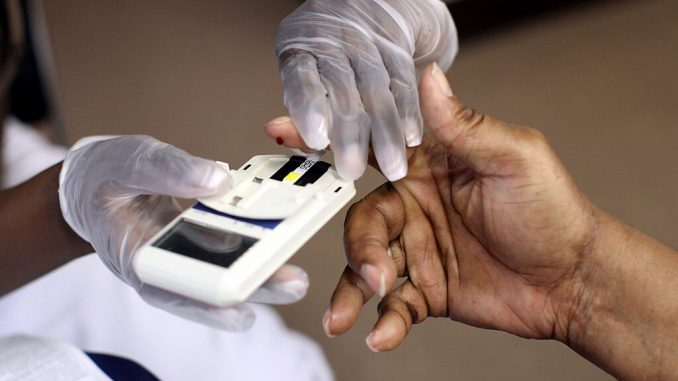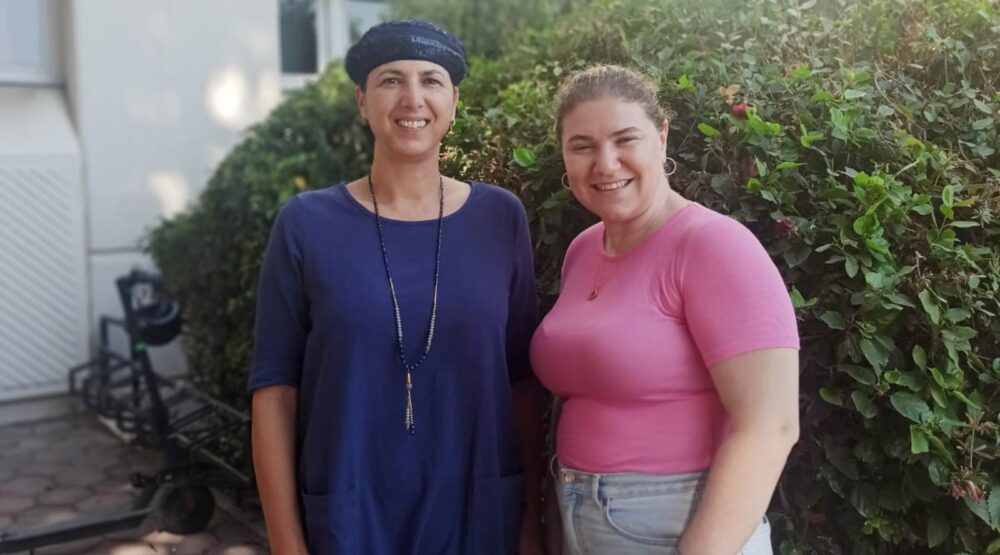
A novel approach to treating type 2 diabetes under development at the Technion-Israel Institute of Technology uses tissue engineering to create muscle cells that absorb sugar at increased rates.
Diabetic mice treated in this manner displayed normal blood sugar levels for months after a single autograft procedure using their own enhanced muscle cells.
The tissue-engineering treatment is part of a research study led by professor Shulamit Levenberg and PhD Student Rita Beckerman from the Technion’s Stem Cell and Tissue Engineering Laboratory.
“By taking cells from the patient and treating them, we eliminate the risk of rejection,” Levenberg said.
Type 2 diabetes is caused by insulin resistance and cells’ reduced inability to absorb sugar, leading to increased blood-sugar levels. Its long-term complications include heart disease, strokes, retina damage, kidney failure and poor blood flow in the limbs.
Although this chronic and common disease can be treated by a combination of lifestyle changes, medication and insulin injections, ultimately it is associated with a 10-year reduction in life expectancy.
Currently, around 34 million Americans suffer from diabetes, mostly type 2. An effective treatment could significantly improve both quality of life and life expectancy. The same method could also be used to treat various enzyme deficiency disorders.

Researchers observed that the engineered muscle cells not only absorbed sugar correctly, improving blood-sugar levels, but also induced improved absorption in the mice’s other muscle cells.
After the procedure, the mice remained diabetes-free for four months — the entire period they remained under observation. Their blood-sugar levels remained lower, and they had reduced levels of fatty liver normally seen in type 2 diabetes.
Findings from the study, funded by Rina and Avner Schneur as part of the Rina and Avner Schneur Center for Diabetes Research, were recently published in Science Advances.
Other scientists participating in the study are from Ben-Gurion University of the Negev; The Hospital for Sick Children, Toronto; and Ichan School of Medicine at Mount Sinai, New York City.
Other advances in the field by Israeli companies include LifeWave, a connected health solution that produces a device for treating diabetic wounds, and LabStyle Innovations, which was co-founded by Shiloh Ben Zeev. Its flagship product is MyDario, a compact glucose meter connected to mobile devices through a diabetes management app.
“It was the first time an iPhone was used as a medical device,” said Ben Zeev, whose business model was to sell test strips for the glucometer.
Although MyDario won awards for its revolutionary approach, ultimately what survived was the app rather than the device.
Produced in association with Israel21C.
The post Tissue Engineering Could Provide Diabetes Cure appeared first on Zenger News.

